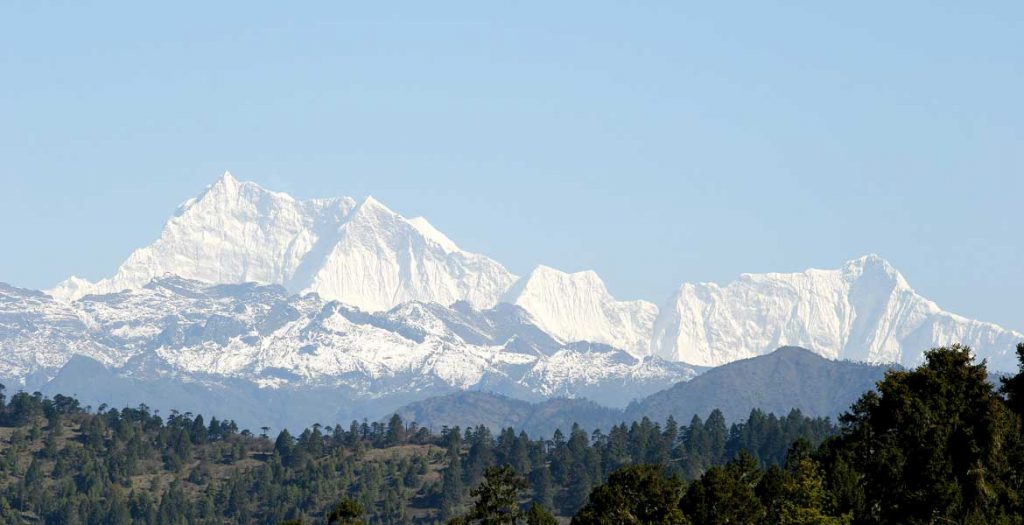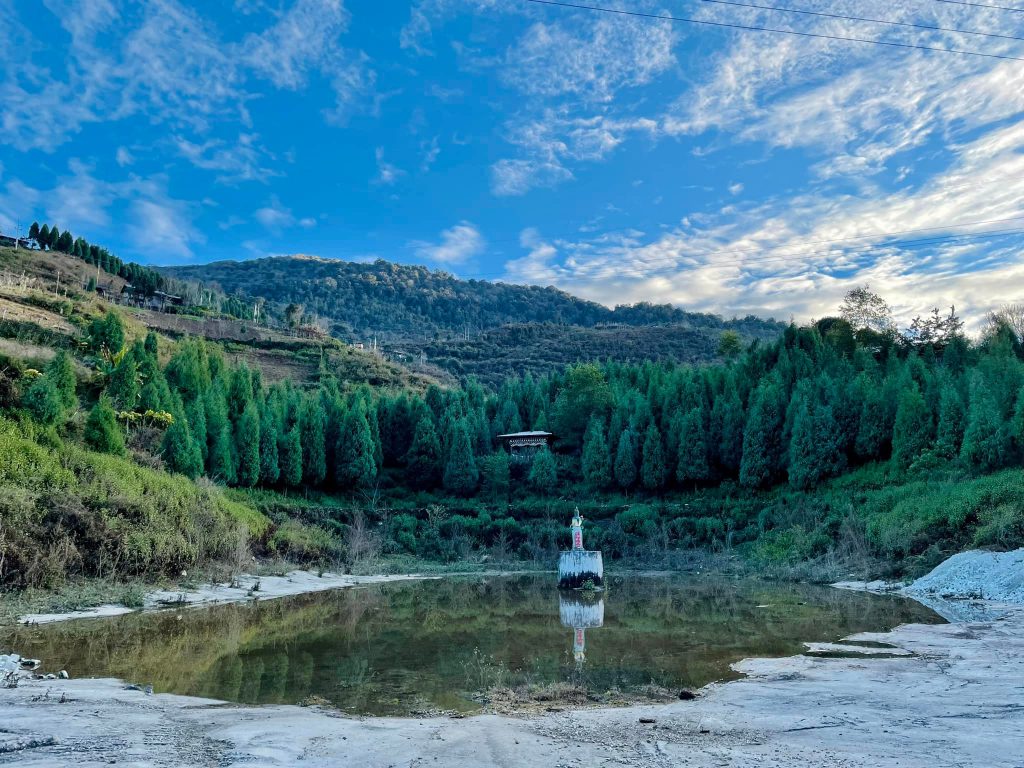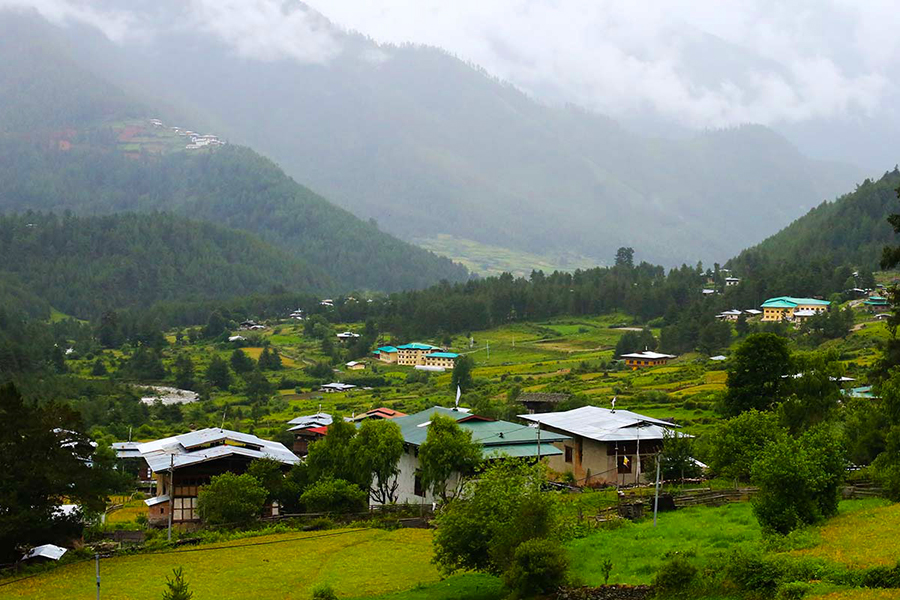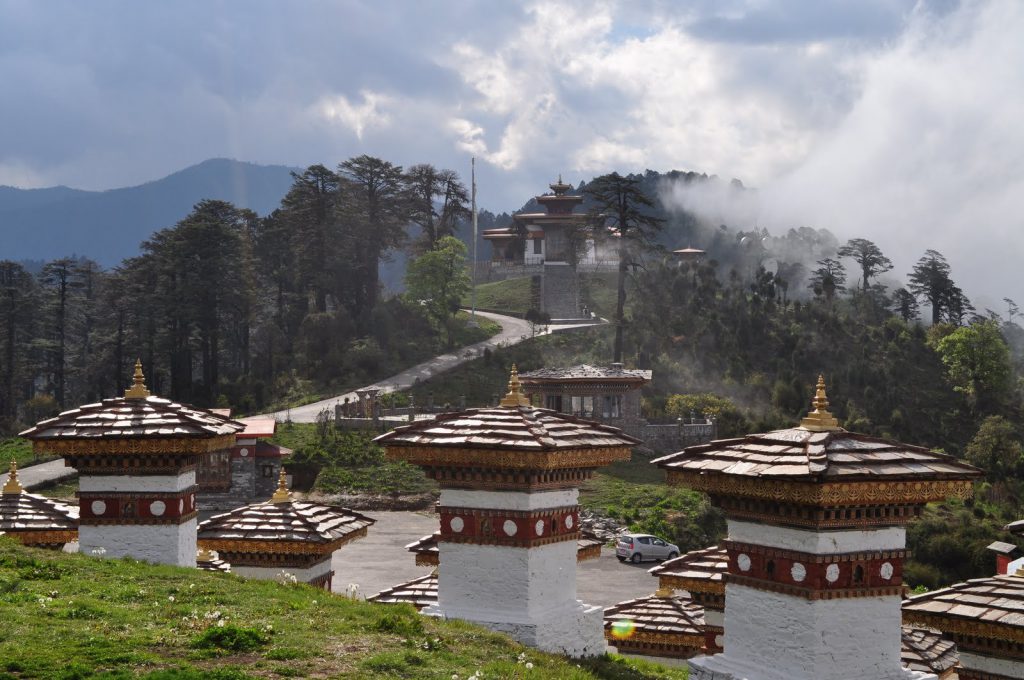WEATHER IN BHUTAN
The climate of Bhutan varies regionally and altitudinally due to geographical variations. The country has three climatic zones: Southern Hills, Central Valley and Northern High Himalayas.
Here is all about the weather in Bhutan.
Southern Hemisphere (Semi-Tropical):
Climate: Hot and humid with subtropical temperatures.
Temperature: 15°C to 30°C (59°F to 86°F) or warmer.
Monsoon: June to August is the monsoon season.
Central Valley (Temperature):
Climate: Tropical climate with varying seasons.
Spring (March to May): Mild temperatures, flowering.
Winter (June to August): Hot with occasional rain.
Autumn (September to November): Clear and cool.
Winter (December to February): Cold, especially at higher elevations, with occasional snow.
High (Alpine) Himalayas:
Climate: Humid Alpine climate.
Temperature: Varies greatly depending on altitude, from zero to below zero in summer to winter. Snowfall: Frequent in winter, creating a snowy area at higher elevations.
Highlights: Paro and Thimphu: These interior destinations, including the capital Thimphu and the famous tourist destination Paro, experience winters and occasional snowfalls Punakha and Wangdue: Due to the decreasing altitude of these places, more hot climate, resulting in humidity.
Bumthang Valley: Located at higher elevations, it can be very cold and snowy in winter.
Travel tips: Spring and Autumn: Considered the best times to visit for nice temperatures and clear skies.
Monsoon Season: Heavy rains can occur from June to August, affecting road conditions and travel.
Winter: Because of the cold weather, it is quiet

December, January, and February is winter in Bhutan. The season is mostly dry and cold. Winter in Bhutan, specially higher altitude can be chilly, with temperatures dropping down to as low as zero during mornings and evenings, but the afternoon is milder and pleasant and it is the only best time of the year to catch a spectacular view of the Himalayas.
With the sky as clear as it can get, and the climate remaining dry and sunny for most part of the day, one can enjoy and admire the view of some of the tallest mountain peaks in the world.
The lowest temperature during winter in Bhutan will be experienced sometime towards the end of January. Thimphu also usually experiences a one-day snowfall during mid January. This is also the time of excitement for the local Bhutanese as they are provided government holidays.
December
Max average: +12 °C (54 °F)
Min average t°: -2 °C (29 °F)
Precipitation: 8 mm (0.3″)
January
Max average t°: +11 °C (51 °F)
Min average t°: -3 °C (27 °F)
Precipitation: 13 mm (0.5″)
February
Max average t°: +12 °C (54 °F)
Min average t°: -1 °C (31 °F)
Precipitation: 21 mm (0.8″)

March, April and May is spring season in Bhutan, and it is the season of blooming. There will be increase in temperature after a cold winter. There will be little to no rain in spring. There is a hot humid sub-tropical climate in the south part of Bhutan. High temperatures there are whole year long. They can vary between 15-30 °C (60-86 °F). In the Central parts of the country it is a little bit cooler. Still it is hot enough during summer but it is much cooler during winters. Level of precipitations is not as high here in winter as at the south part of Bhutan. In northern areas of the country it is cold during the winter. And the higher it is the colder it is in the mountains whole year round.
March
Max average t°: +15 °C (60 °F)
Min average t°: +2.5 °C (37 °F)
Precipitation: 50 mm (2.0″)
April
Max average t°: +18 °C (65 °F)
Min average t°: +6 °C (43 °F)
Precipitation: 74 mm (2.9″)
May
Max average t°: +20 °C (68 °F)
Min average t°: +9.5 °C (49 °F)
Precipitation: 113 mm (4.5″)

June, July, August bring in the summer season in Bhutan. The season is usually wet and hot during the season. The Indian summer monsoon begins from late-June through July to late-September and is mostly confined to the southern border region of Bhutan. These rains bring between 60 and 90 percent of the western region’s rainfall. Annual precipitation ranges widely in various parts of the country. In the Northern border towards Tibet, the region gets about forty millimeters of precipitation a year which is primarily snow. In the temperate central regions, a yearly average of around 1,000 millimeters is more common, and 7,800 millimeters per year has been registered at some locations in the humid, subtropical south, ensuring the thick tropical forest, or savanna.
June
Max average t°: +21 °C (70 °F)
Min average t°: +13 °C (55 °F)
Precipitation: 180 mm (7.1″)
July
Max average t°: +22 °C (71 °F)
Min average t°: +14 °C (57 °F)
Precipitation: 238 mm (9.4″)
August
Max average t°: +21 °C (70 °F)
Min average t°: +13 °C (56 °F)
Precipitation: 182 mm (7.2″)

Depending on the altitude, the climate varies from semi-tropical to alpine (For every 1,000 m height increase the temperature drops about 7 degree Celsius).In Southern Bhutan, the climate is tropical in the monsoon season and may range from 15 degree Celsius in winter to 30 degree Celsius in summer.
The east is also warmer than the west.The central part of Bhutan enjoys sub-tropical climate with very cool winters while the northern parts of the country have harsh climate including snowfall two to three times every winter.
In Thimphu the temperature ranges from -2.5°C in January to 25°C in summer with a rainfall of 100 mm. In the high mountain regions the average temperature varies from 0°C in winter to 10°C in summer, with an average of 350 mm of rain.
